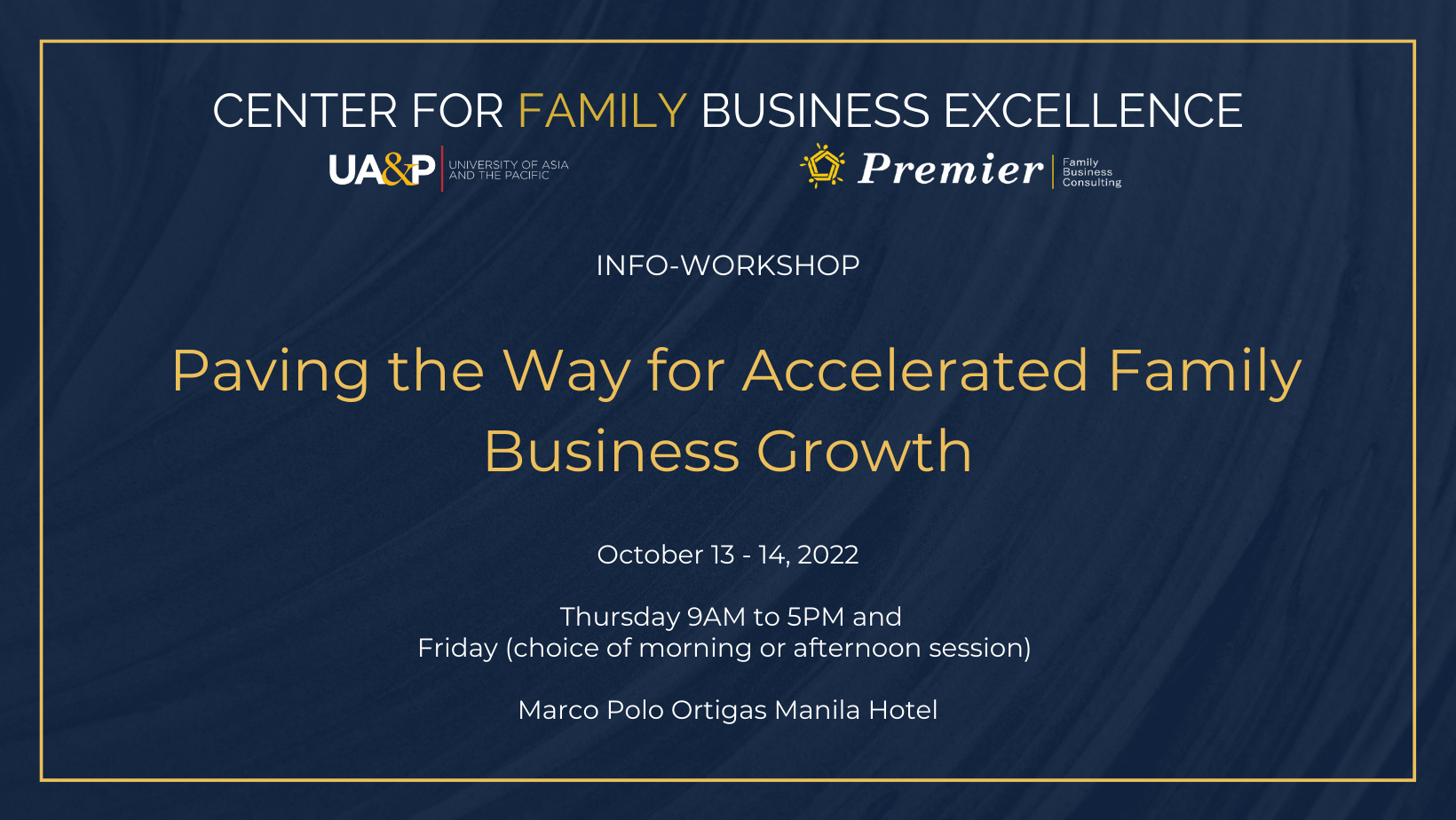COVID19 Pandemic: The Great Reset Button for Family Businesses to Reboot

1. What if ‘Herd Immunity’ Is Closer Than Scientists Thought?
In what may be the world’s most important math puzzle, researchers are trying to figure out how many people in a community must be immune before the coronavirus fades. Now some researchers are wrestling with a hopeful possibility. In interviews with The New York Times, more than a dozen scientists said that the threshold is likely to be much lower: just 50 percent, perhaps even less. If that’s true, then it may be possible to turn back the coronavirus more quickly than once thought.
https://www.nytimes.com/2020/08/17/health/coronavirus-herd-immunity.html?campaign_id=7&emc=edit_MBAE_p_20200817&instance_id=21357&nl=morning-briefing®i_id=137918079§ion=topNews&segment_id=36338&te=1&user_id=af929ad310ec293e74f0af3ef3a00746
2. Doing vs being: Practical lessons on building an agile culture
Around the world, a growing number of organizations are embracing agility to improve delivery, increase speed, and enhance customer and employee experience. Indeed, in the time of COVID-19, many organizations have accelerated their shift to agile. Our recent research found that agile organizations responded faster to the crisis, while those that do not embrace agile working may well forfeit the benefits of speed and resilience needed in the “next normal” after the COVID-19 pandemic.
https://www.mckinsey.com/business-functions/organization/our-insights/doing-vs-being-practical-lessons-on-building-an-agile-culture?cid=other-eml-alt-mip-mck&hlkid=069b52b7bec24bcfa272d50a038589c7&hctky=1282254&hdpid=3ea2f748-357f-4058-82f0-57ec20571ba7
3. Emerging faster and stronger – organizing to win the upturn
There is an imminent opportunity to transfer performance leaps and lessons learned from “survival minimum” to a new “strategic optimum” rather than returning to the previous ways of working. Despite the salient pain-points brought about by our current crisis, many organizations – in their shift to “survival minimum” mode in recent weeks – have experienced significant leaps in speed, flexibility, and resilience in their ways of working.
https://www.mckinsey.com/business-functions/organization/our-insights/the-organization-blog/emerging-faster-and-stronger-organizing-to-win-the-upturn?cid=other-eml-alt-mip-mck&hlkid=7e94b203469c42ba841624b01947be6b&hctky=1282254&hdpid=5be25c79-dbf1-431d-a5d8-ee900ae30ba
4. Thriving during a pandemic: What moves the needle on organizational health
An organization’s health – how an organization aligns around a commons vision and strategy, executes with excellence, and renews itself to sustainably achieve performance aspirations – explains up to 50 percent of performance variation across companies. Healthy organizations outperform their competition at every level, delivering 3x total return to their shareholders. Organizational health is even more critical in times of constant change and extreme uncertainty, when the ability to quickly align, execute, and renew can be the difference between floundering and thriving.
https://www.mckinsey.com/business-functions/organization/our-insights/the-organization-blog/thriving-during-a-pandemic-what-moves-the-needle-on-organizational-health?cid=other-eml-alt-mip-mck&hlkid=468e0537035d4c2fa94ec516ddd4626f&hctky=1282254&hdpid=5be25c79-dbf1-431d-a5d8-ee900ae30ba9




